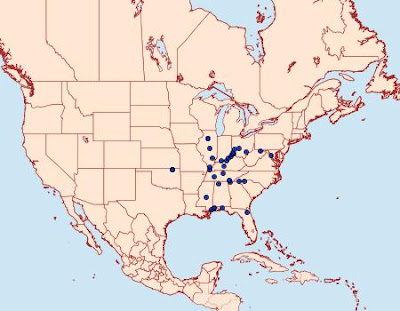An adult male Cooper's Hawk perches on a backyard fence, yesterday. These exciting raptors routinely enter my yard, lured indirectly by my bird feeders. They seek the birds who come to plunder the seeds, not the seeds themselves.It's virtually impossible for a raptor to "sneak" into the yard. Too many sharp sets of eyes. This guy was made instantly, and the alarm went up. About 12 feet away, in front of the hawk and to the left and out of the photo, is a dense shrub. A pair of Tufted Titmice were cursing up a blue streak at the Cooper's Hawk. He was ticked, and would make false starts in their direction, as he is here, but wouldn't launch as he knew there was probably no chance of snagging one in all that cover.I've been pretty well glued to my desk for some time now, and can't see the backyard from my office. Today, on a rare trip by the back windows the same male Cooper's Hawk shot in and landed maybe ten feet from the porch windows. I always have a big camera rig mounted on a tripod and ready for action, fortunately. The hawk then hopped over to a nearby redbud snag I placed near the feeders. It makes for a great perch, including for raptors.
When The Coop's barreled in, he spooked a bevy of House, Song, and White-throated sparrows into the lush American Beauty-berry thicket that surrounds this perch. The hawk glared into the dense growth, but it's just too thick for him to work, and the sparrows remained safe.
Before long, he shot out of the yard, empty of talon. I'm sure these raptors take their share of "my" birds, though. I sometimes see evidence of their kills. This male is not the only one, either. A massive adult female sometimes visits - females can be one-third larger than males - and a subadult bird as well.While the local songbirds don't care for these raptors, they do add action to the yard. The entire yard instantly changes when one enters. Mourning Doves will hurtle into tree cover as if shot from a cannon. Many songbirds dive for thick cover. Chickadees often "sleek": flatten their feathers and sit tight like a bump on a log, not even moving their head. They may remain sleeked for five minutes or more if need be. Bolder birds, like titmice Blue Jays, and Carolina Wrens might deliver unrelenting and loud scolds.
Interestingly, the Gray Squirrels act as if nothing is amiss when this male Cooper's Hawk is around. They'll continue feeding on the ground almost underneath the perched bird, as if it isn't there. Yesterday, a squirrel even went onto the same limb the hawk was sitting on and flushed it. If it's the much larger female, or one of the Red-shouldered or Red-tailed Hawks, the squirrels aren't nearly so bold and they too cower in cover. Conversely, the songbirds - at least with the red-shouldereds and red-taileds - carry on nearly as normal. It's hard for the comparatively clumsy buteo hawks to catch little birds, and the little fellows know it. They never fool with the much more dangerous Cooper's Hawks.
























